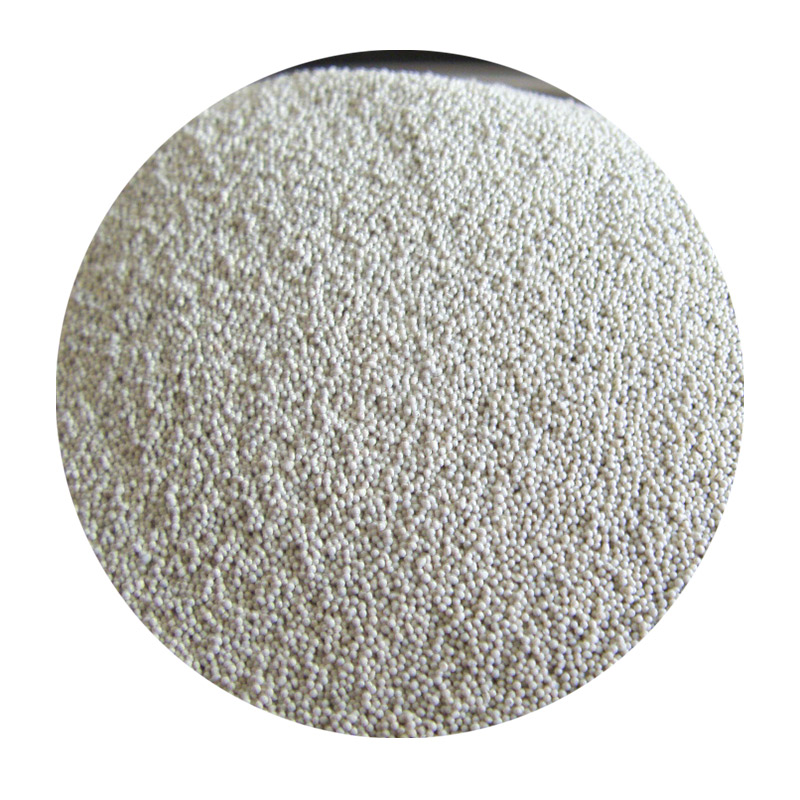 **Protective Measures** Before starting, it's crucial to wear protective gear such as gloves and a dust mask to prevent inhalation of ceramic dust and protect hands from abrasion **Protective Measures** Before starting, it's crucial to wear protective gear such as gloves and a dust mask to prevent inhalation of ceramic dust and protect hands from abrasion
**Protective Measures** Before starting, it's crucial to wear protective gear such as gloves and a dust mask to prevent inhalation of ceramic dust and protect hands from abrasion **Protective Measures** Before starting, it's crucial to wear protective gear such as gloves and a dust mask to prevent inhalation of ceramic dust and protect hands from abrasion sanding ceramic mug.
3. **Wet or Dry Sanding?** Depending on personal preference and the type of glaze, sanding can be done either wet or dry. Wet sanding involves using water to lubricate the sandpaper, which reduces dust and can help achieve a smoother finish. Dry sanding, on the other hand, might be preferred for certain delicate glazes to avoid altering their appearance.
4. **Technique** Light, circular motions are typically used, applying gentle pressure to avoid damaging the mug's surface. It's essential to check frequently for evenness and to switch to finer grits once the coarser ones have done their job.
5. **Finishing Touches** After reaching the desired smoothness with sandpaper, some artisans might opt for using micro-mesh pads or even a buffing wheel with a polishing compound to bring out a high shine.
**Safety and Sustainability Considerations**
While sanding enhances a mug's appeal, safety and environmental concerns cannot be ignored. Proper disposal of ceramic dust is necessary to prevent pollution. Some studios recycle the dust for use in clay bodies or as a filler material, contributing to a more sustainable practice.
**Conclusion**
Sanding ceramic mugs is a transformative process that elevates these everyday objects into functional pieces of art. It requires a keen eye for detail, patience, and a respect for the materials. By understanding and mastering this technique, ceramic artists can ensure their creations not only look beautiful but also provide a delightful tactile experience for users. In essence, sanding becomes a testament to the care and craftsmanship invested in each mug, turning them into cherished possessions that last a lifetime.
Post time:Jun . 25, 2024 02:03
sanding ceramic mug.
3. **Wet or Dry Sanding?** Depending on personal preference and the type of glaze, sanding can be done either wet or dry. Wet sanding involves using water to lubricate the sandpaper, which reduces dust and can help achieve a smoother finish. Dry sanding, on the other hand, might be preferred for certain delicate glazes to avoid altering their appearance.
4. **Technique** Light, circular motions are typically used, applying gentle pressure to avoid damaging the mug's surface. It's essential to check frequently for evenness and to switch to finer grits once the coarser ones have done their job.
5. **Finishing Touches** After reaching the desired smoothness with sandpaper, some artisans might opt for using micro-mesh pads or even a buffing wheel with a polishing compound to bring out a high shine.
**Safety and Sustainability Considerations**
While sanding enhances a mug's appeal, safety and environmental concerns cannot be ignored. Proper disposal of ceramic dust is necessary to prevent pollution. Some studios recycle the dust for use in clay bodies or as a filler material, contributing to a more sustainable practice.
**Conclusion**
Sanding ceramic mugs is a transformative process that elevates these everyday objects into functional pieces of art. It requires a keen eye for detail, patience, and a respect for the materials. By understanding and mastering this technique, ceramic artists can ensure their creations not only look beautiful but also provide a delightful tactile experience for users. In essence, sanding becomes a testament to the care and craftsmanship invested in each mug, turning them into cherished possessions that last a lifetime.
Post time:Jun . 25, 2024 02:03
Next:Comparing Investment Casting to Sand Casting Pros, Cons, and Applications
